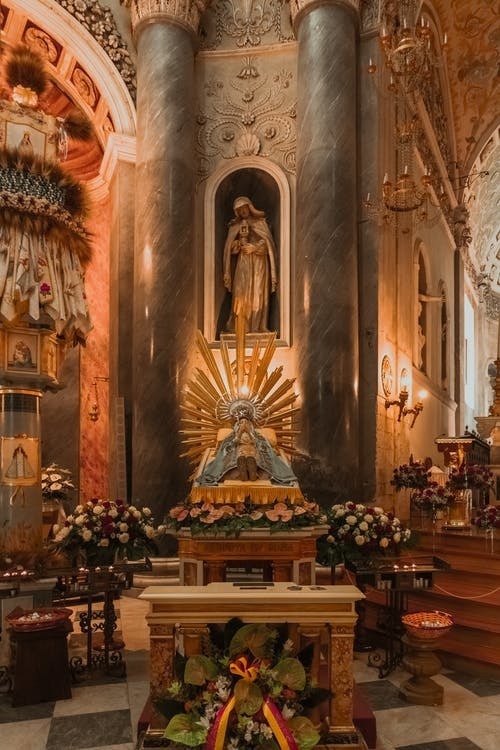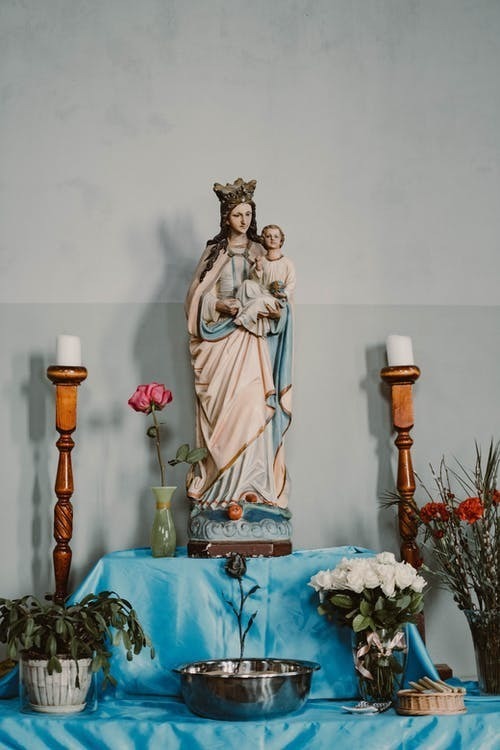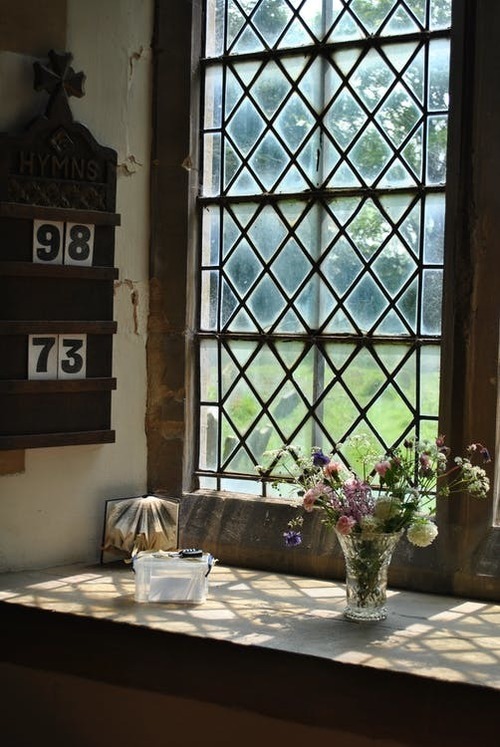When most people go to church, whether for the weekly service or a special occasion, they probably never really think about the flower displays or even wonder how they got there. Worshippers just take the floral decor for granted. However, there is a lot of work that goes into arranging flowers for a church service, and most of it is actually done by volunteers. Flowers are seen as an essential part of the Catholic religion in particular.

Flowers as a Symbol of Joy

A floral display can represent how God creates beauty in nature and, as such, are a symbol of joy. For those who provide the flowers, they have to ensure that they are in the best condition and often pay close attention to a schedule of orchid watering to avoid any possibility of the plants dying. Orchids are often seen in Christmas and Easter church displays, and the spots on the petals are said to represent the blood of Christ.
When Not to Use Flowers in Church
There is actually one specific occasion when flowers are not welcome in a church setting. That is Lent, the six-week period leading up to Easter. This is a somber period, a time to reflect on sacrifice and moderation in all things. Flowers should not be placed on the altar during Lent. However, for those volunteers caring for the plants, they will still need to continue orchid watering, ready for the Easter celebrations. Using the technology of the Planta app will ensure that watering times are not missed and any problems are quickly resolved.
The Garden of the Resurrection
Once Lent has passed, the church can once again be adorned with beautiful flowers. They represent the Garden of Resurrection and new life. Typically yellow and white flowers are used in the display, and orchids are particularly suitable for this. However, they should highlight the altar and not obscure it. And surprisingly, potted plants are never used in church, only cut flowers. This represents that they have sacrificed their lives, as Jesus did. The same applies to artificial flowers, which are also not permitted.
Next time you attend church, take some time to admire the floral displays and remember what their significance is and what they symbolize. The hard work of the floral arrangers is to be much admired, mainly as they are usually not paid for their services to the church.

